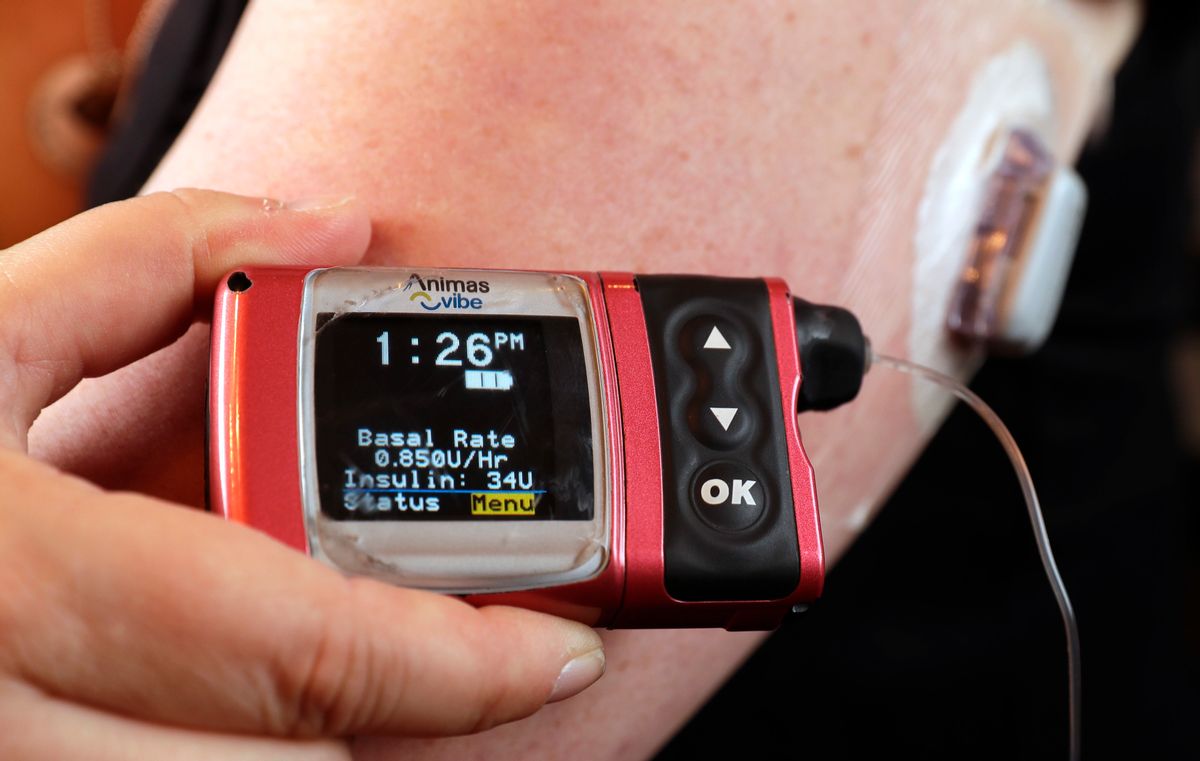In recent years, healthcare has experienced an explosion in digital innovations designed to improve longevity and quality of life. These innovations include sensors, talking devices, and even virtual reality that patients can now use for physical exercise and pain treatment, a clinical outcome resulting from telemedicine interventions. Artificial intelligence — the core technology behind smartphone applications, robotics, medical technology, drones, and self-driving cars — is also making its mark on healthcare. It has a growing opportunity to tackle issues such as affordability and individualized health plans.
But while older patients might see the most benefit from these technological advances, they often have the least access to them because of poor engagement, ageist stereotypes, and lack of inclusion in product design.
We are entering an era of unprecedented health and longevity, but to achieve the full benefits of medical technology, we must nurture a new culture of health care self-sufficiency among older adults, and it must reach across gender, race, and income barriers.
Online doctor consultations, along with smart-phone apps, and wearables — smart electronic devices that can be worn as an accessory or incorporated into clothing — can reduce medical expenses by allowing patients and doctors to monitor indicators such as cholesterol and glucose levels without expensive and time-consuming office visits. Wearable activity trackers and smartwatches can improve wellness and lower the risk of chronic disease by reminding people to exercise, take their medicine, and adhere to dietary restrictions. But to date, this technology has largely only helped wealthy Americans who can pay out-of-pocket for the expensive devices.
Research indicates that consumers and doctors are open to technology-enhanced self-care. A 2018 survey by Accenture revealed that 69 percent of respondents believe wearables can improve quality of care, and 54 percent said they would reduce costs. Goldman Sachs estimates that digital health technologies can reduce U.S. healthcare costs by about $305 billion, partly through adoption among older people looking to lower their expenses.
U.S. Health and Human Services Secretary Alex Azar has made increasing the adoption of health technology a key priority. These cutting-edge technologies give patients more control, including access to their records and pricing information — a pillar of Azar’s plan to transform the U.S. healthcare system.
Azar’s proposals are a step in the right direction, but they don’t go far enough. Self-care technology(meaning technology employed by patients) deserves equal consideration as government agencies, healthcare providers, and consumers together shape the future of care. Technology innovations, including speech-enabled devices, such as Amazon’s Alexa, Apple’s Siri, and a host of mobile phone apps can tell users when to take medications. Customized social media platforms can also put patients in touch with one another to compare notes and provide support. For example, Uniper Care Technologies offers platforms that provide activities like games and video chats as well as health information to reduce social isolation. Philips launched CareSensus in recent years, a unique home care monitoring solution that provides full-time monitoring of daily activity. Connected remote care teams can detect changes from regular patterns and provide early intervention services.
These technologies must become as accessible to — and as embedded in the daily routines of — older adults as toasters and coffeemakers. Investors and corporate executives can help by directing capital toward research, development, and production to fill the pipeline with more and better products. As the market grows, costs will invariably drop, making it easier for healthcare providers and low-income households to buy them.
We all can benefit from self-care technology, but their cost-saving potential makes smart healthcare devices especially appealing to older people and more specifically, older women whose healthcare costs increase disproportionately in their later years because they are living longer. The average life expectancy for U.S. women is 81 years, five years longer than the average for males.
There is one more problem that self-care technologies might solve. Cleverly designed apps and the tireless persistence of smart assistants might convince more people to embrace an active, healthy lifestyle. It’s no secret that a modest increase in physical activity can reduce the risk of diabetes, obesity, and Alzheimer’s disease. Even so, millions of Americans undermine their health through sedentary lifestyles and unhealthy diets.
We have the knowledge and tools necessary to live longer and better than any people in history. We need only to grasp them.


Shares